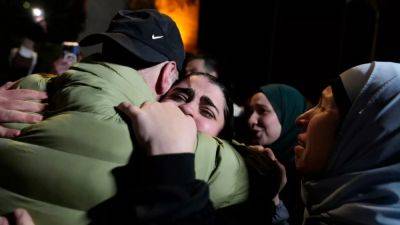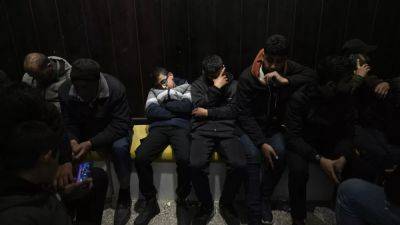Israel withdraws from key Gaza corridor as part of ceasefire deal
Israeli forces withdrew from the Netzarim corridor on Sunday, Israeli officials and Hamas said, the latest commitment under a tenuous ceasefire that faces a major test over whether the sides can negotiate its planned extension.
Israelis' shock at the sight of three emaciated hostages released on Saturday has added pressure on Prime Minister Benjamin Netanyahu to extend the truce instead of returning to fighting when the ceasefire's first phase ends in early March.
Israel and Hamas appear to have made little progress on negotiating the deal’s second phase, which is also meant to see more hostages released. Talks had been due to start on Feb. 3.
Netanyahu was sending a delegation to Qatar, a key mediator, but it included low-level officials, sparking speculation that it won’t lead to a breakthrough. Netanyahu, who returned to Israel on Sunday after a U.S. visit to meet with President Donald Trump is expected to convene key Cabinet ministers this week.
The six-kilometre Netzarim corridor separating northern and southern Gaza had been used by Israel as a military zone during the 16-month war, but no troops were seen in the vicinity on Sunday. As the ceasefire began last month, Israel began allowing hundreds of thousands of displaced Palestinians to cross Netzarim and return to the north.
Separately on Sunday, the Palestinian Health Ministry said two women, one of them eight months pregnant, were killed by Israeli gunfire in the occupied West Bank, where Israeli troops have been carrying out an operation.
The ceasefire that began on Jan. 19 has held, raising hopes that the war that led to seismic shifts in the Middle East may be headed toward an end.
But it remains fragile. On Sunday, civil defence first responders in Gaza said








